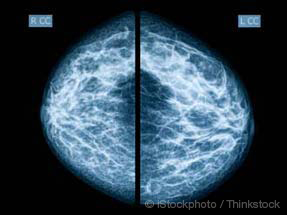
The Breast Cancer Screening Mistake Millions Makeâ¦
Dr. Mercola
The study, medical experts say, is the first to assess the benefit of mammography in the context of the modern era of breast cancer treatment.
While it is unlikely to settle the debate over mammograms — and experts continue to disagree about the value of the test — it indicates that improved treatments with hormonal therapy and other targeted drugs may have, in a way, washed out most of mammography's benefits by making it less important to find cancers when they are too small to feel.

As stated by the New York Times:
"In the new study, mammograms, combined with modern treatment, reduced the death rate by 10 percent, but the study data indicated that the effect of mammograms alone could be as low as 2 percent or even zero.
A 10 percent reduction would mean that if 1,000 50-year-old women were screened over a decade, 996 women rather than 995.6 would not die from the cancer — an effect so tiny it may have occurred by chance."
Sources:
|
Dr. Mercola's Comments:
|
Oct. 15, 2010




A Close to ZERO Percent Benefit …
The Dangers of Mammography: Ionizing Radiation
False Positives are Alarmingly Common
How Often do Mammograms Lead to False Positive Diagnoses?
The BEST Way to Lower Your Risk of Breast Cancer
What about Screening?